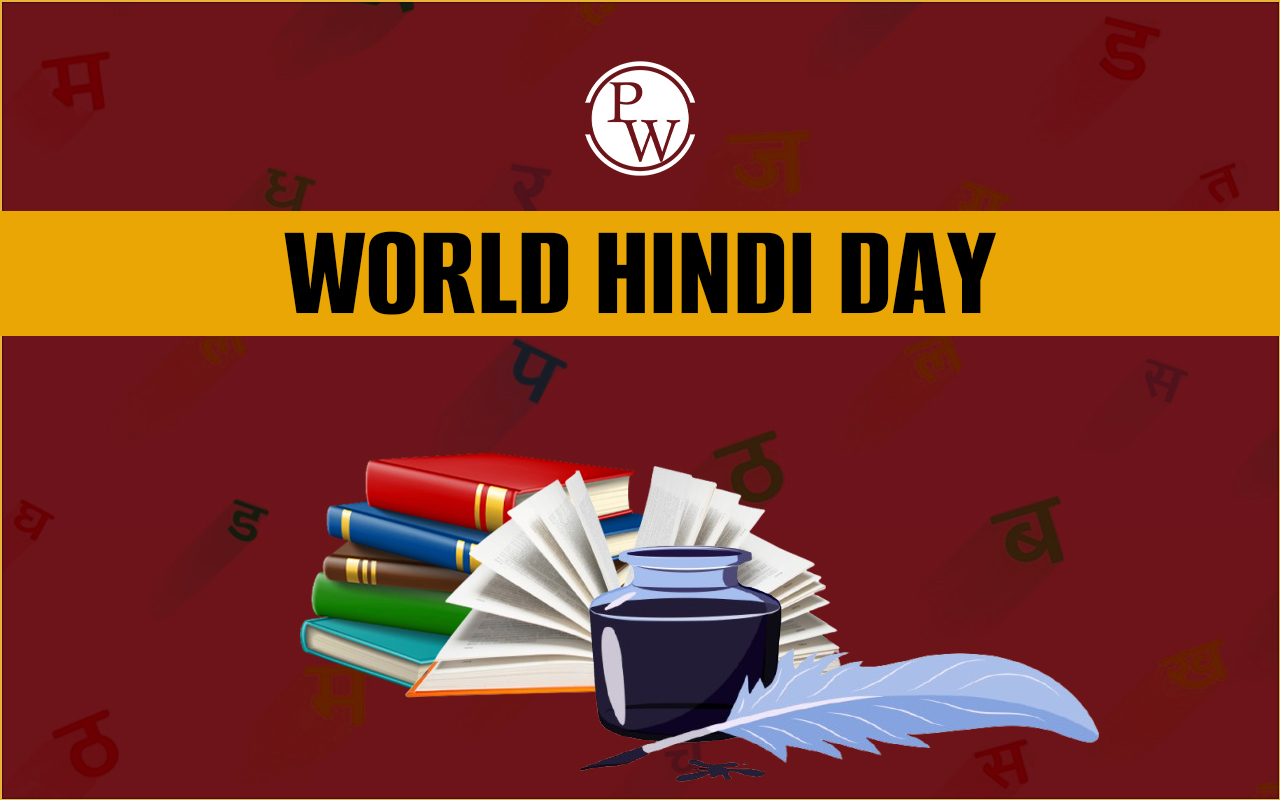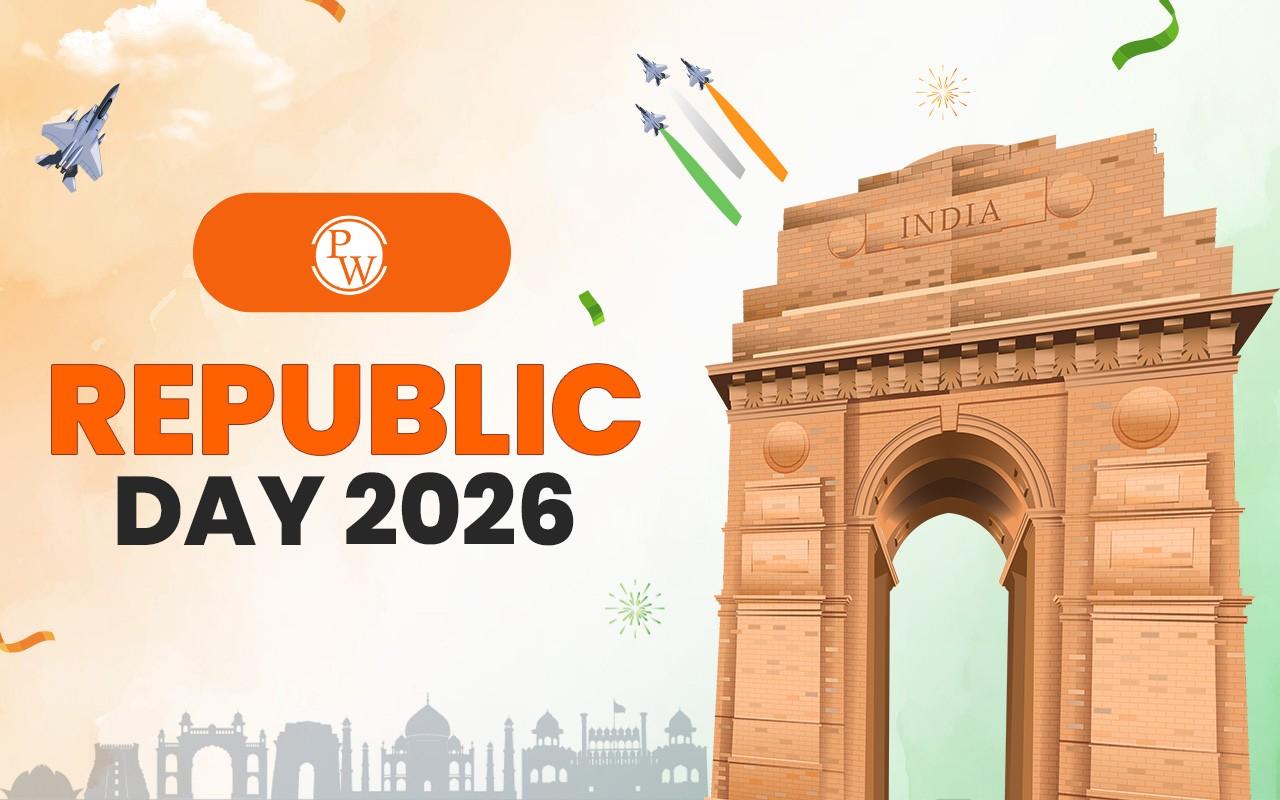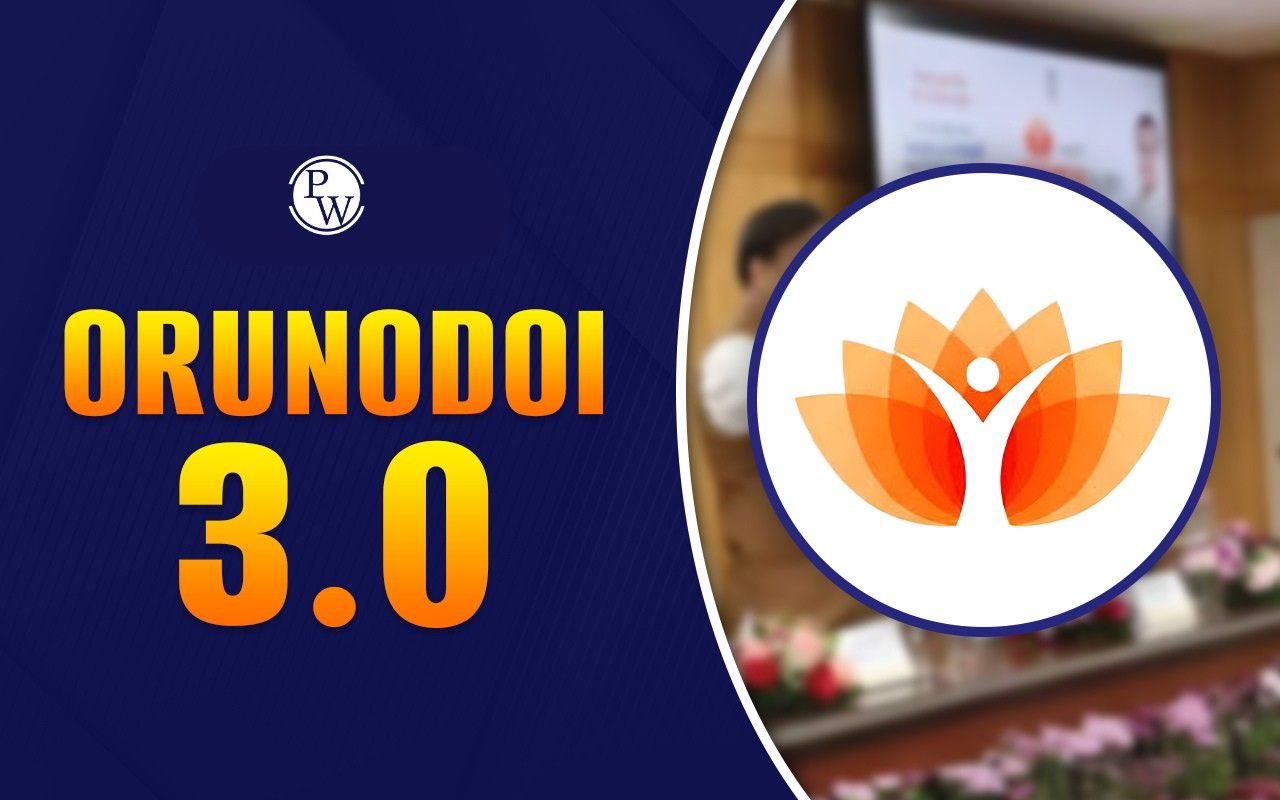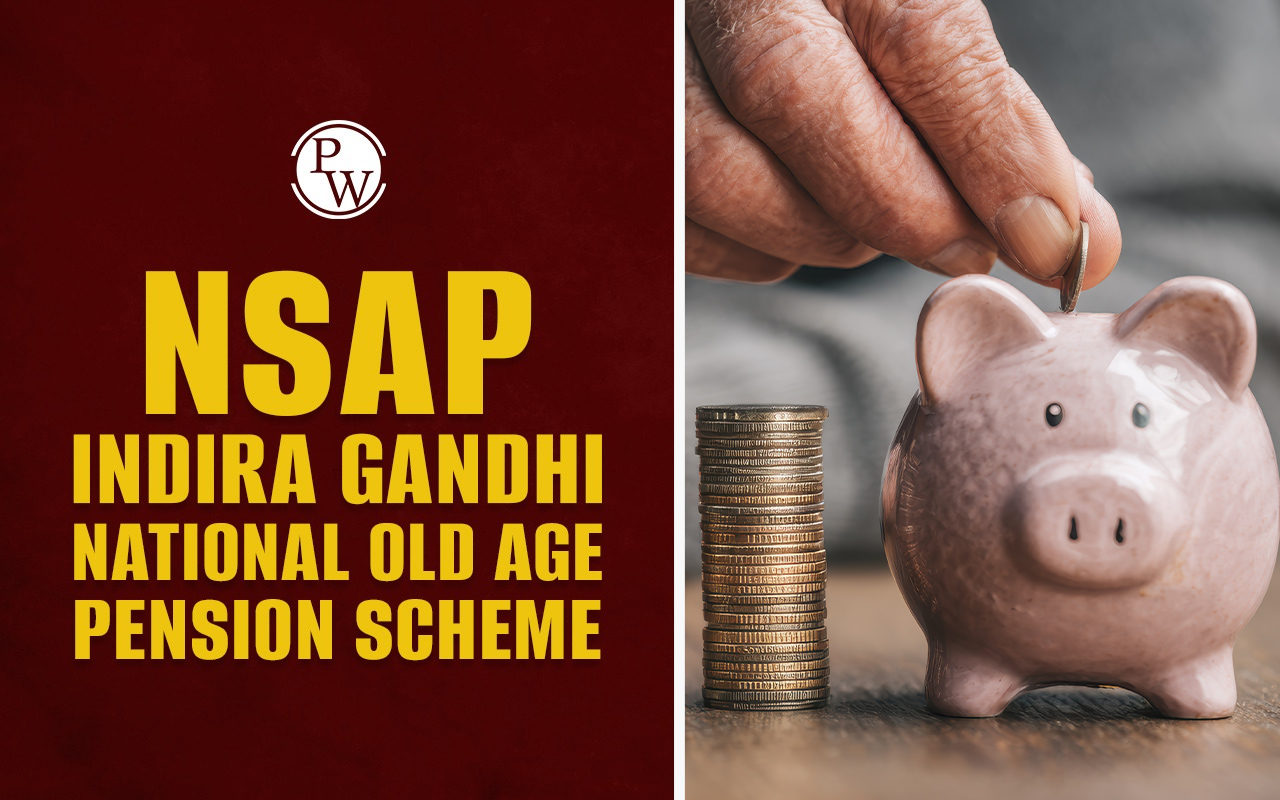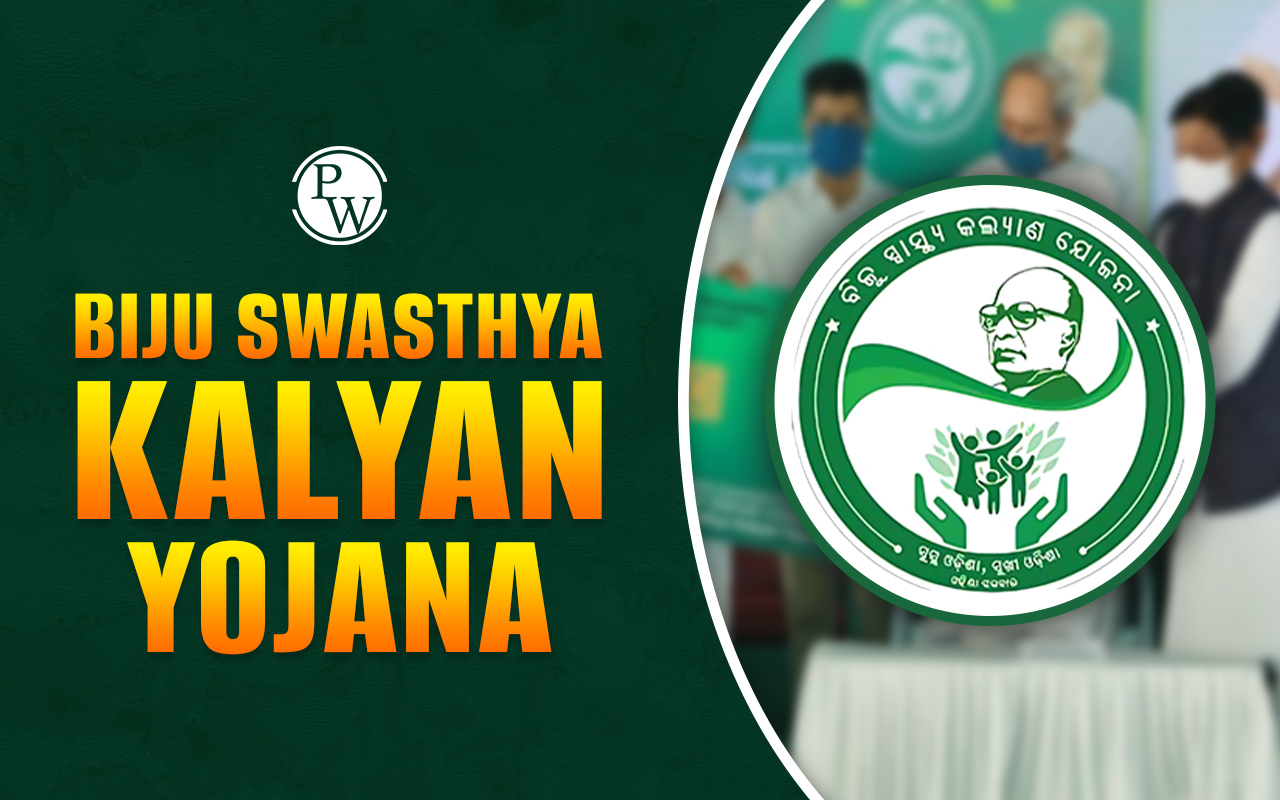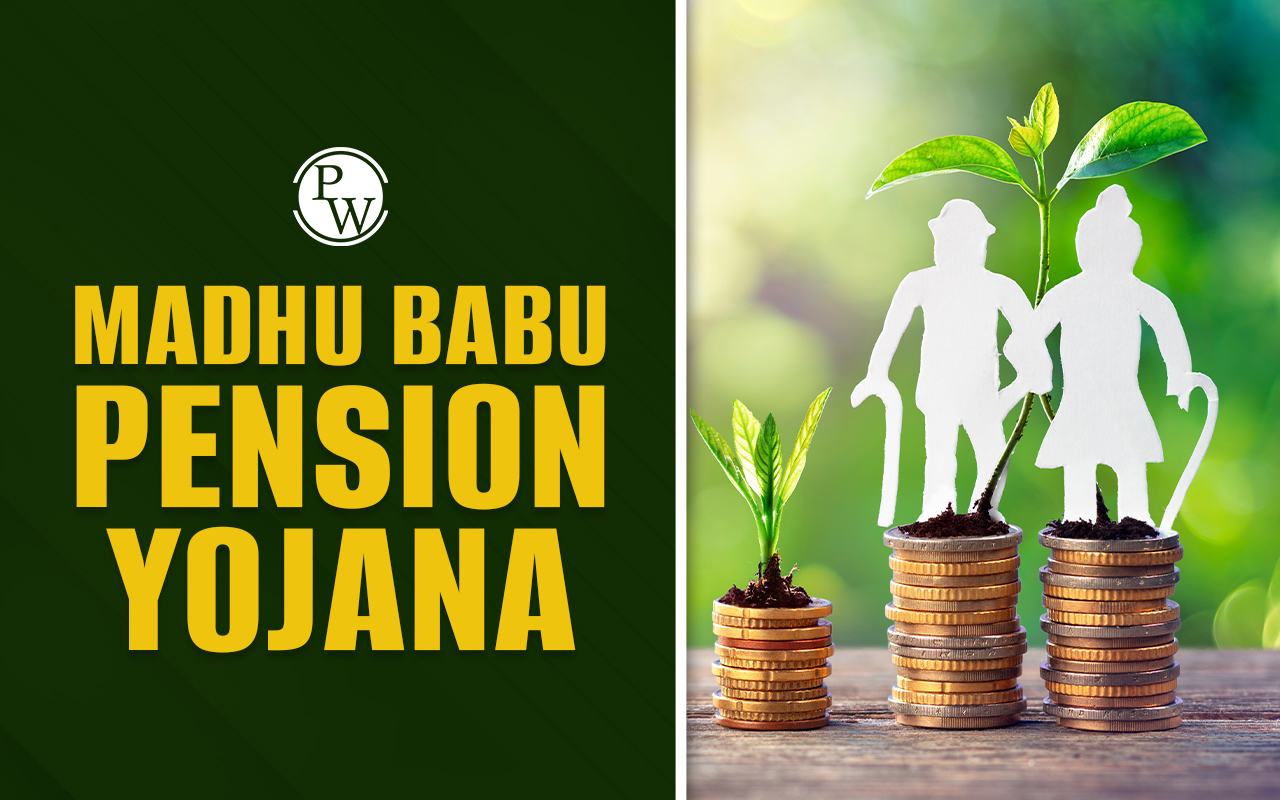
Lok Sabha Election Result 2024: On June 4, 2024, the much-anticipated Lok Sabha Election 2024 results were announced for 543 constituencies. The chosen Member of Parliament based on the Lok Sabha Election Result 2024 will represent the people of India for the next 5 years.
While this event holds significance for each Indian citizen, it has a special significance for UPSC Civil Services exam aspirants. Read on to learn more about the key highlights of the Lok Sabha Election Result 2024 for UPSC aspirants.Lok Sabha Election Result 2024 Highlights
The Lok Sabha Election result 2024 marked the end of the months-long election process, which was also a reason behind the postponement of the UPSC CSE Prelims 2024 exam. This event is highly regarded across the country since it comes once every five years, allowing eligible citizens to select their favorite candidates to represent them in Lok Sabha. Here are the major highlights of the Lok Sabha Election Result 2024 for the UPSC exam:| Lok Sabha Election Result 2024 Highlights | |
| Particular | Details |
| Constitutional Provision | Article 81 |
| Composition | 543 elected members from current election(550 total strength) |
| Term | 5 Years or until dissolved by the President |
| Election Principle | Eligible Citizens above 18 years (Universal Adult Franchise) |
| Electoral Process | Direct election through the First Past The Post (FPTP) system. |
| Seats Required for Majority | Simple Majority (272 seats.) |
Also Read: Difference Between Lok Sabha and Rajya Sabha?
Lok Sabha Election Result 2024 Top Parties
The Lok Sabha Election Result 2024 has been officially announced for 543 constituencies. As per the latest update, the Bharatiya Janata Party (BJP) has won most of the seats. Here are the top winning regional and national parties in the Lok Sabha Election 2024 result:| Lok Sabha Election Result 2024 | |
| Party | Total Won |
| Bharatiya Janata Party (BJP) | 240 |
| Indian National Congress (INC) | 99 |
| Samajwadi Party (SP) | 37 |
| All India Trinamool Congress (TMC) | 29 |
| Dravida Munnetra Kazhagam (DMK) | 22 |
Election Commission of India
In ensuring a fair and transparent process for the Lok Sabha Election Result 2024, the Election Commission of India played a pivotal role. Candidates preparing for the UPSC exam must know everything about the Election Commission and its constitutional mandate:| Election Commission of India | |
| Particular | Details |
| Established | January 25, 1950 |
| Constitutional Provision | Article 324 |
| Composition | Chief Election Commissioner (CEC) and two Election Commissioners |
| Appointment | President of India |
| Tenure | 6 years or up to age 65, whichever is earlier |
| Removal |
|
| Functions | Conducts elections to Parliament, State Legislatures, and offices of President and Vice President |
| Salary | Same status and salary as Judges of the Supreme Court of India |
| Powers and Duties | Supervises electoral rolls, conducts elections, settles election disputes, ensures free and fair elections |
Difference Between National and Regional Party
In the Lok Sabha Election Result 2024, many regional parties have surprised people with their impressive performances. However, do you know that there are set criteria that can make them eligible to become a national party? Here are the criteria for national and regional parties, along with major differences for the UPSC exam:| Difference Between National and Regional Party for UPSC | ||
| Characteristics | National Parties | Regional Parties |
| Participation in Elections | Operates and influences at a national level. | Limited to a specific state |
| Criteria |
|
|
| Electoral Symbol | Exclusive symbol throughout India | Reserved symbol only in a recognized state |
| Symbol Uniqueness | No two national parties can share a symbol | Two regional parties can share a symbol |
| Focus | National, regional, and international issues | Primarily regional and state interests |
| Examples | Indian National Congress (INC), Bharatiya Janata Party (BJP) | Dravida Munnetra Kazhagam (DMK) in Tamil Nadu, Shiv Sena in Maharashtra, Samajwadi Party in Uttar Pradesh |
Pre Poll Alliance and Post Poll Alliance UPSC
Several pre-poll alliances contested elections. Now, after the Lok Sabha Election Result 2024, the post-poll alliance must adhere to the anti-defection law as per the 10th schedule of the constitutio n. It states that a ‘member’ set up by a political party will be disqualified “if he voluntarily gives up his membership of such a political party or if he votes or abstains from voting in the House contrary to “any direction” issued by the political party to which he belongs”. Here are the main differences between the Pre-Poll and Post-Poll Alliances for UPSC:| Pre Poll Vs Post Poll Alliance for UPSC CSE | ||
| Feature | Pre Poll Alliance | Post Poll Alliance |
| Definition | Agreement between political parties to contest elections together before the polls. | Agreement between political parties to form a coalition after the election results are declared. |
| Timing | Formed before the elections. | Formed after the election results are announced. |
| Objective | To pool resources, avoid vote splitting, and present a united front to voters. | To secure a majority and form a stable government when no single party has a clear majority. |
| Policy Agreement | Parties typically agree on a common minimum program and shared policies before elections. | Policies and programs are negotiated and agreed upon after the elections based on the needs of coalition partners. |
| Examples | Indian National Developmental Inclusive Alliance (INDIA) | National Democratic Alliance (NDA) |
| UPSC Related Articles | ||
| UPSC Mains 2024 | UPSC Optional Subject | UPSC Prelims |
| UPSC Exam Pattern 2024 | UPSC Scholarship Test 2024 | UPSC Result 2024 |
Lok Sabha Election Result 2024 FAQs
When was the Lok Sabha election result announced?
The Lok Sabha election results was announced on 4 June 2024.
What constitutional provision governs the Lok Sabha Election 2024?
Article 81 of the Indian Constitution governs the Lok Sabha Election 2024.
Who will become PM based on the Lok Sabha election result?
The elected candidate proposed by the political party that secures a simple majority in the Lok Sabha election result will be sworn in as prime minister of India.
What is the role of the Election Commission of India in the Lok Sabha Election 2024?
The Election Commission of India conducted a fair and transparent Lok Sabha Election 2024 across the country.
Talk to a counsellorHave doubts? Our support team will be happy to assist you!

Free Learning Resources
PW Books
Notes (Class 10-12)
PW Study Materials
Notes (Class 6-9)
Ncert Solutions
Govt Exams
Class 6th to 12th Online Courses
Govt Job Exams Courses
UPSC Coaching
Defence Exam Coaching
Gate Exam Coaching
Other Exams
Know about Physics Wallah
Physics Wallah is an Indian edtech platform that provides accessible & comprehensive learning experiences to students from Class 6th to postgraduate level. We also provide extensive NCERT solutions, sample paper, NEET, JEE Mains, BITSAT previous year papers & more such resources to students. Physics Wallah also caters to over 3.5 million registered students and over 78 lakh+ Youtube subscribers with 4.8 rating on its app.
We Stand Out because
We provide students with intensive courses with India’s qualified & experienced faculties & mentors. PW strives to make the learning experience comprehensive and accessible for students of all sections of society. We believe in empowering every single student who couldn't dream of a good career in engineering and medical field earlier.
Our Key Focus Areas
Physics Wallah's main focus is to make the learning experience as economical as possible for all students. With our affordable courses like Lakshya, Udaan and Arjuna and many others, we have been able to provide a platform for lakhs of aspirants. From providing Chemistry, Maths, Physics formula to giving e-books of eminent authors like RD Sharma, RS Aggarwal and Lakhmir Singh, PW focuses on every single student's need for preparation.
What Makes Us Different
Physics Wallah strives to develop a comprehensive pedagogical structure for students, where they get a state-of-the-art learning experience with study material and resources. Apart from catering students preparing for JEE Mains and NEET, PW also provides study material for each state board like Uttar Pradesh, Bihar, and others
Copyright © 2025 Physicswallah Limited All rights reserved.

